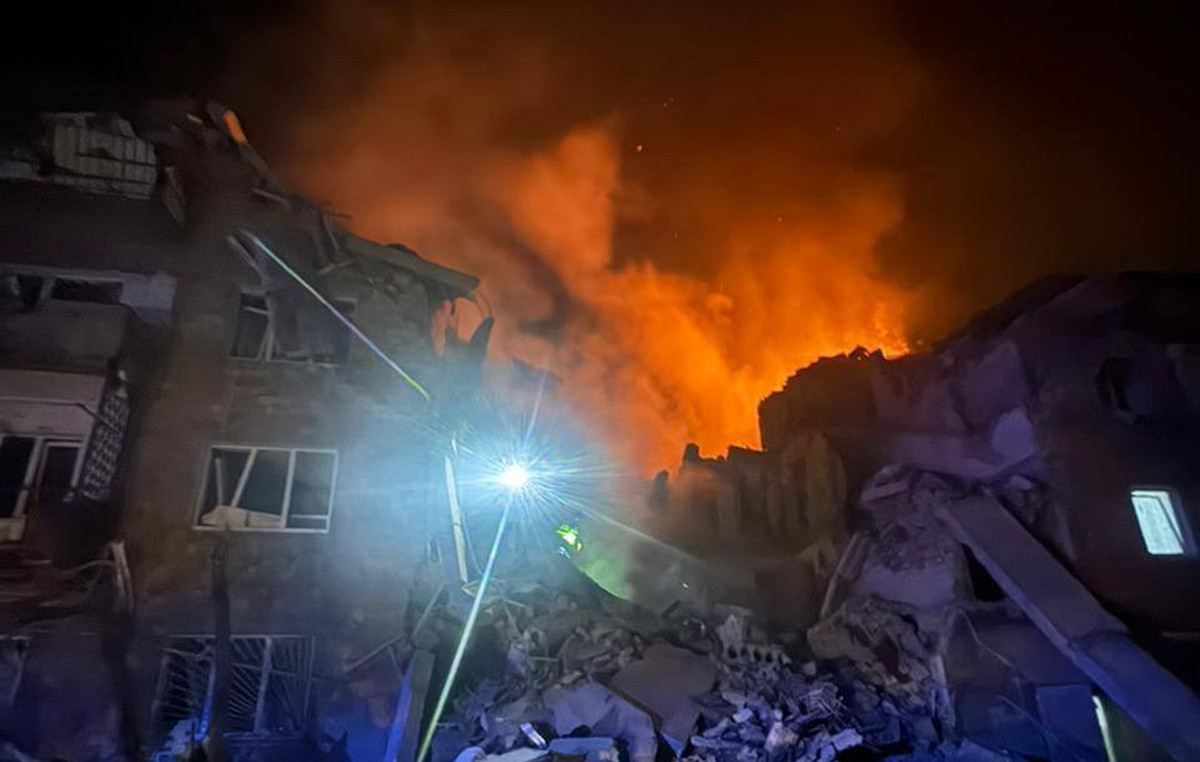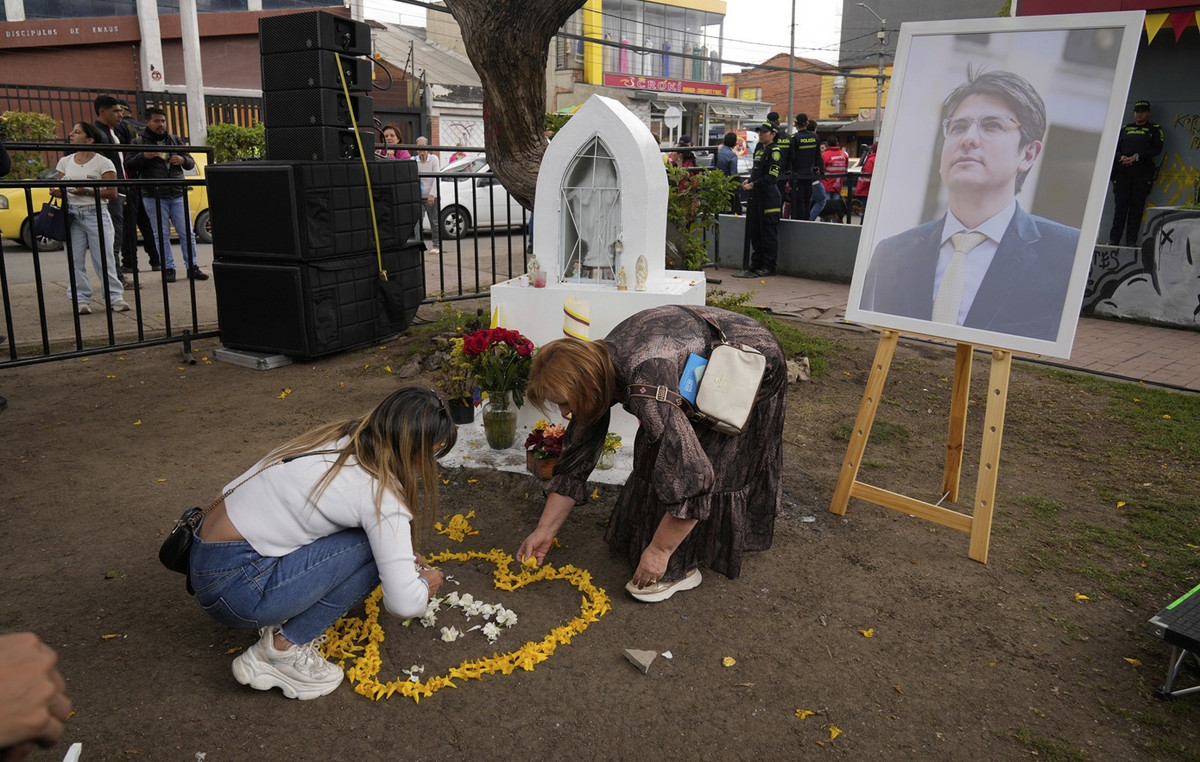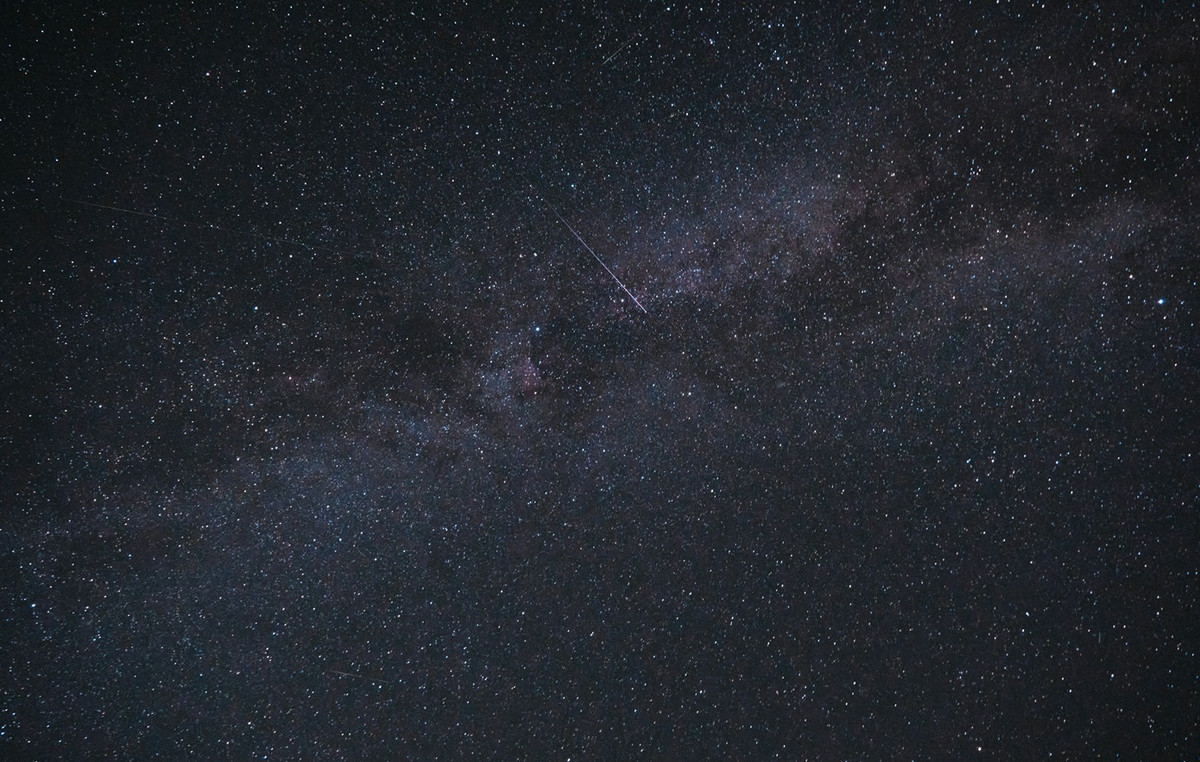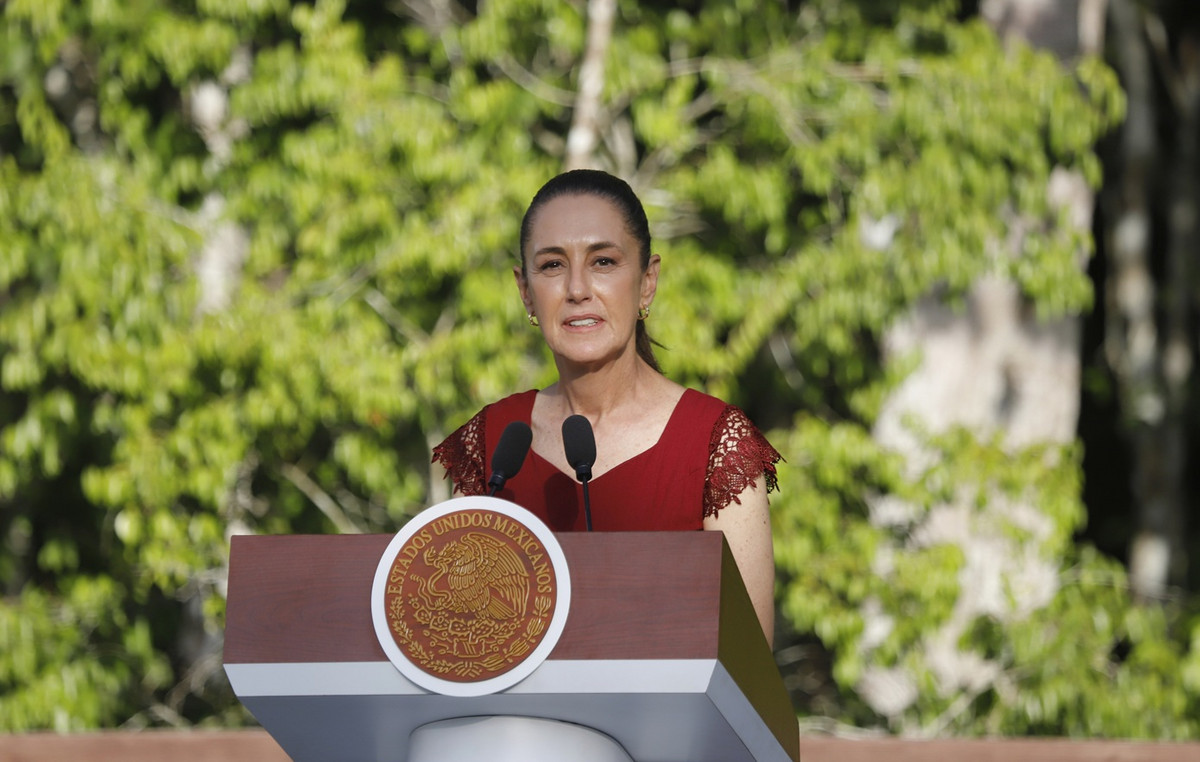A floor mosaic from an ancient Roman villa has been discovered on the seabed near Naples, Italy.
Now underwater, the marble floor would have originally been located on the “protiro,” or decorated balcony, of a residence overlooking the sea, according to a Facebook post by the Campi Flegrei Archaeological Park, which is part of the Italian Ministry of Culture, published on Tuesday (23).
Built in the ancient spa town of Baiae, which was popular during the late Roman Empire and home to residences owned by Julius Caesar and Emperor Nero, the villa is part of an area of land that became submerged as a result of a geological phenomenon called bradysism, during which the ground rises or, as in this case, falls due to pressure beneath the surface.
Preliminary research shows the floor is made largely of reused irregularly shaped pieces of marble, a technique that was common from the 3rd to 5th centuries AD, according to the park.
The marble is also broken because the walls of the room, which were more than 10 meters high, collapsed onto the floor, he added.
Underwater work continues to reveal more of the floor, while some sections have been removed and cleaned on land.
The goal is to try to reconstruct an entire section of the floor, according to the post.
Mayor Josi Gerardo Della Ragione called the discovery “wonderful” in a Facebook post.
The floor would have been laid at the end of the Roman Empire, “just before bradysm took these wonders to the bottom of the sea,” he said.
The area is now a popular diving spot, offering opportunities to see submerged ruins.
Campi Flegrei, or the Campos Fleurei – a large volcanic area stretching 200 kilometers beneath the Bay of Naples and the islands of Capri and Ischia to the outskirts of the city of Naples – is a giant caldera, or depression.

Today it is the site of several volcanoes that have been active for 39,000 years, many of which are underwater.
The last major eruption of Campi Flegrei was in 1538, and created a new mountain in the bay.
Seismic activity in the area has been increasing since December 2022, according to the National Institute of Geophysics and Volcanology (INGV). Experts fear the volcano could become active again after generations of rest.
Source: CNN Brasil
Bruce Belcher is a seasoned author with over 5 years of experience in world news. He writes for online news websites and provides in-depth analysis on the world stock market. Bruce is known for his insightful perspectives and commitment to keeping the public informed.







